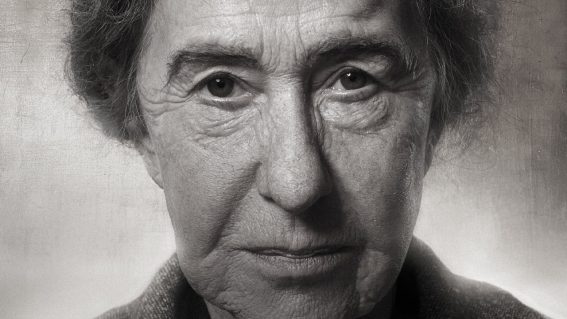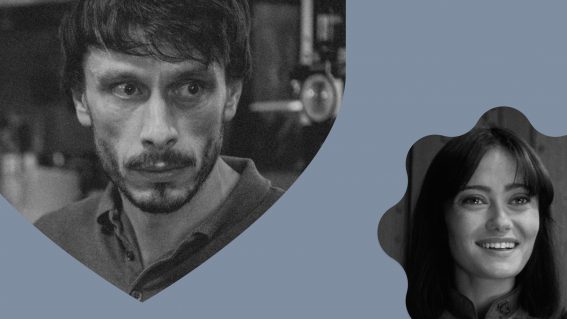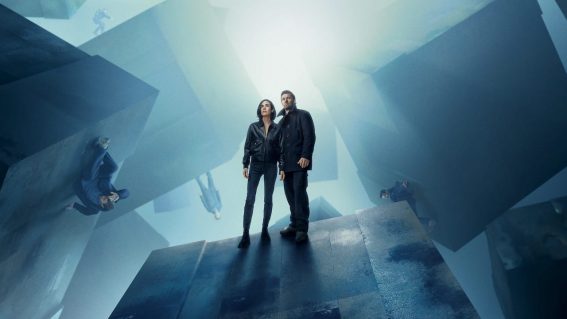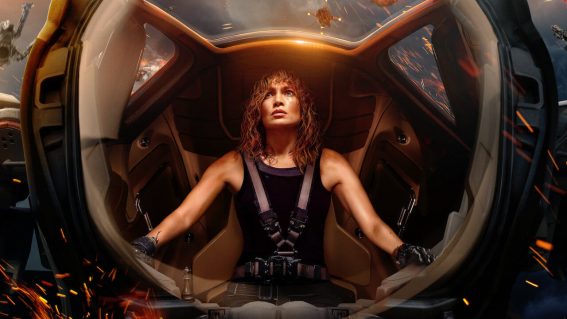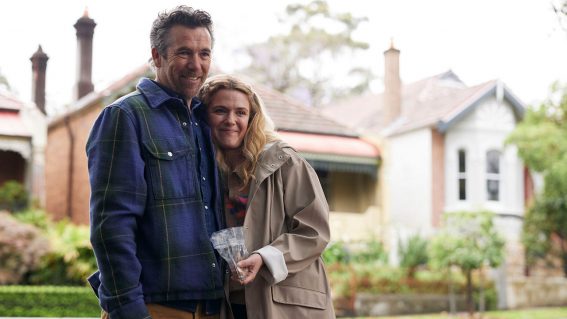Seen That? Watch This: The Rings of Power zooms out while The Bear closes in
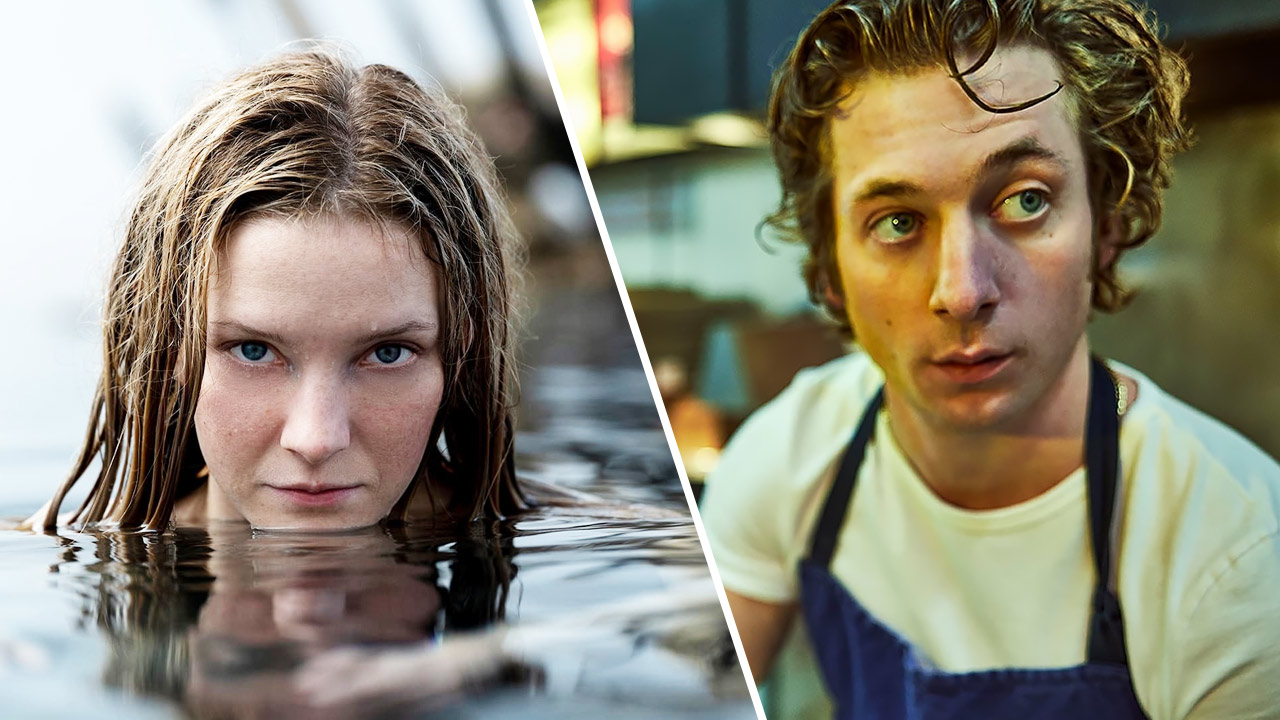
Seen That? Watch This is a weekly column from critic Luke Buckmaster, taking a new release and matching it to comparable works. This week, it’s this year’s biggest “event” TV shows: The Rings of Power and The Bear.
Future historians sifting through the detritus of 2022 will observe a year remembered for various things: Russia’s invasion of Ukraine; Boris Johnson’s downfall; Will Smith’s unflappable grace and calm under pressure. In the box labeled “event TV”, they’ll discover two productions mentioned far more than most. One for being grotesquely expensive—the most costly series to date—and the other for inciting critics to salivate all over it.
The former is the eye-watering The Lord of the Rings: The Rings of Power, which reminded me of something Jerry Seinfeld said about golf: “it’s just nice to be outside in a well-landscaped area.” It begins in sunkissed golden and green fields, with kids running about in white robes, looking like part of a cult—but it’s OK, they’re just elves. After an adult elf delivers a metaphor-rich monologue about why stones sink, they skedaddle home towards a glorious kingdom bathed in creamy orange light.
The latter is The Bear, which is set in a busy Chicago eatery and reminded me of nothing—because there’s no time to think. The show’s nerve-shredding tension made me want to yell: “can everyone relax, it’s just a glorified sandwich!”
Observing the former fine dining chef Carmy (Jeremy Allen White) and his staff frantically prepare for the day’s customers at “The Beef” is the opposite of feeling like you’re outside in a well-landscaped area. The kitchen of the restaurant is hot and cramped. There are many terse words, and an under-the-pump Carmy is screamed at by his bro-child employee Richie (Ebon Moss-Bachrach), who derides him for being an “11 Madison Park dickhead.”
These two shows are chalk-and-cheese, as distanced from each other aesthetically as Middle Earth and the setting of Fritz Lang’s Metropolis. Both are wholly successful in evoking very different tones: grandeur for The Rings of Power, anxiety for The Bear. Let’s take a look at how each show does it.
When creating grandeur, backgrounds conveying vastness are important—implying endless horizons and worlds beyond worlds. This is why, in The Rings of Power, there are shots on the precipice of cliffs, images of fireworks exploding in the distance, pathways extending beyond the frame, and cameras crawling across bodies of land and water. Lines of dialogue such as “what were you before the war?” also infer locations—and histories—beyond the current place and time.

Conversations have a stately vibe, protecting the sanctity and seriousness of the experience. The dialogue includes lines like “I can still feel the light of trees on my face” and “we are but ripples in a long stream.” Anyone who spoke like that in The Beef would be looked at sideways; possibly punched in the face. This show’s linguistic style is encapsulated in a line from episode one: “you carve vegetables like a bitch.”
While The Rings of Power constantly suggests life beyond the frame, implying a world ripe for exploration, The Bear intensifies an already tight space. It’s the difference between evoking awe and angst. Instead of vast pretty backgrounds, small situational details are cut together quickly. Director Christopher Storer magnifies food preparation, zooming in on carrots being cut, beef being sliced, bananas being fried, water on the boil. In a shot from the first episode he doubles down on the idea that time is short by having the camera leap towards a clock on the wall.
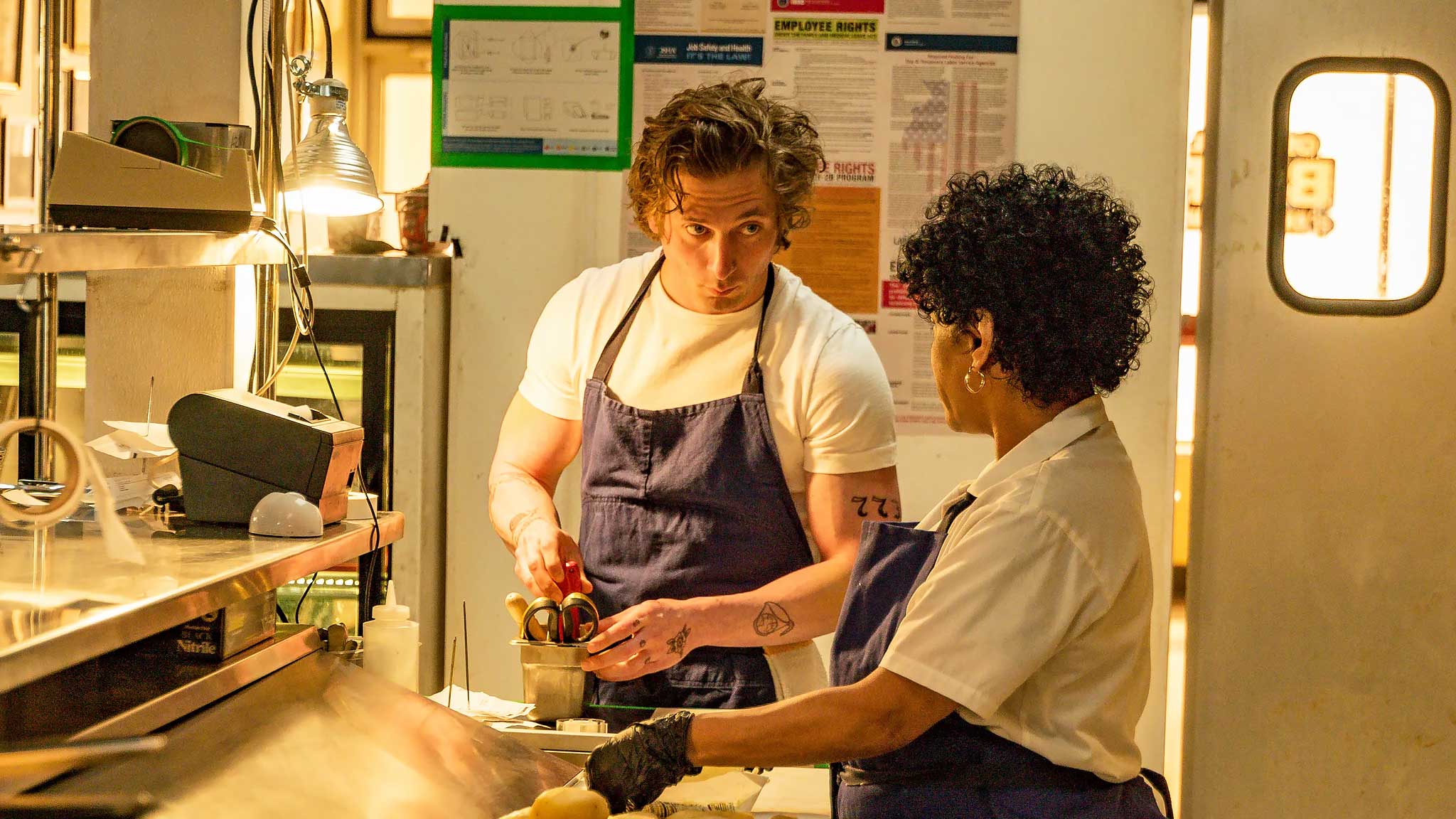
The dialogue has a voyeuristically interesting, off-the-cuff quality, reiterating the viewer’s fly-on-wall status. Another of Storer’s tactics is to instruct actors to speak faster than usual—a strategy also used in screwball comedies, here to amplify anxiety rather than to bounce around verbal ping-pong. Advising Carmy on the state of an arcade video game, a repairman man exclaims: “It’s a Norwegian knock-off of Mortal Kombat! Part of the reason why this machine got recalled in the first place?! Aside from the excessive and irresponsible violence?! It’s just too difficult!”
Those exclamation marks imply what plain transcription cannot: a sense of gut-busting urgency. That urgency is drawn independently of narrative stakes. Business at The Beef is personal for Carmy (being passed onto him by his now-deceased brother) but it’s the form of the show—the cutting and juxtaposition—that makes us sweat. Everything is “shit-shit-shit!” and “now-now-now!”
The Rings of Power, on the other hand, requires viewers to take a breath and soak in the environment: the editing serves the scenery. This approach can be lazily applied to CGI-slathered backgrounds, but it can also be used to emphasise brilliant painterly compositions (see: Tarkovsky’s Stalker).
One style you relax into; the other agitates. Neither is conceptually “better” than the other. Paired, The Rings of Power and The Bear clang the palette like the strangest of pickle backs. Drink up!





